Newtek has announced the release date of Lightwave 2018. The application hasn’t seen significant updates since the end of 2014, although a few videos teasing new technologies had been released during the intervening years. Many of these features are now available in this version, which also includes:
- A new completely rewritten physically based rendering system.
- An expanded workflow for render and light buffers that includes the ability to preview in real-time in any viewport using VPR, as well as custom buffers using the node editor.
- A new volumetric engine and support for Open VDB . New render primitives enable users to specify physically based properties, Scattering, Absorption and Emission parameters, along with node networks.
- A new lighting architecture that adds physical lights that can be optionally visible to the camera, and improved loading of IES web files to better match the intensity of real manufactured lights.
- An overhauled surface editor with new node-based materials that are presented with a familiar interface.
- A new VR camera with cylindrical and spherical modes for creating stereo 360-degree renders and animations.
- A new modifier stack and deformation nodes that unlock and simplify the previously fixed order of operations for Bones, Morphs, Subdivision and Displacements with the ability to drag and drop to re-order mesh deformations interactively.
- New Cel shader and enhanced edge rendering to provide non-photorealistic rendering with the ability to apply gradient-based cel shading, while edge rendering uses any material available in the surface editor to shade any line.
- FiberFX has been expanded to integrate with the new lighting and shading system and can now use any material on the fibers. Fibers are generated using the new primitive object architecture.
- Parametric shapes allow for creation of virtual primitive shapes in Layout that can be displaced, surfaced and rendered without needing any geometry.
- A new noise reduction filter that speeds up render times.
- New Modeler features including the ability to show the current camera view from Layout. Also new are fully interactive tools including Lattice, Smoothing, Array and Spline Bridge.
Lightwave 2018 will be released January 1, 2018 priced at $995 for new licenses and $295 for upgrades (valid until March 31, 2018). A free 30 day trial will also be available. Find out more on the Lighwave website.

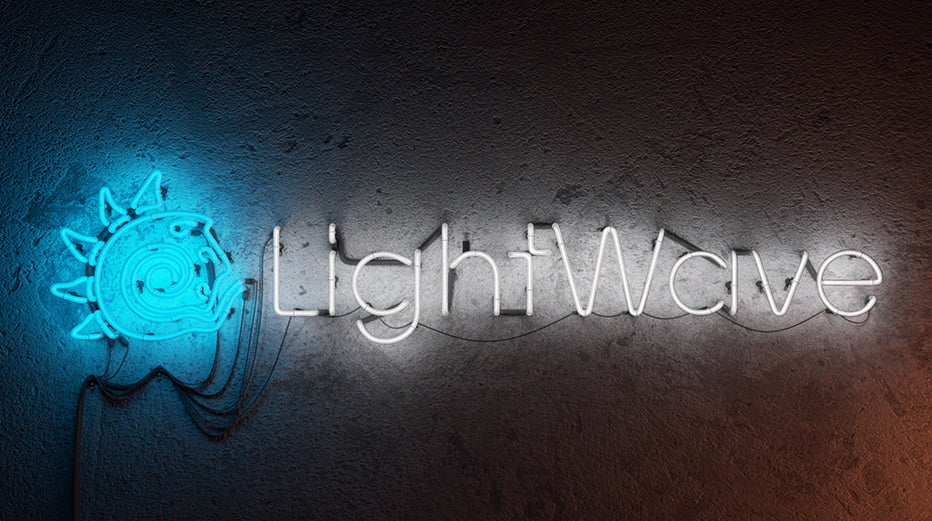
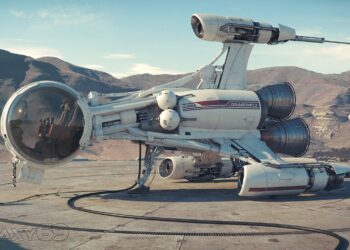
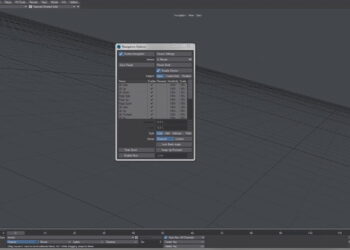
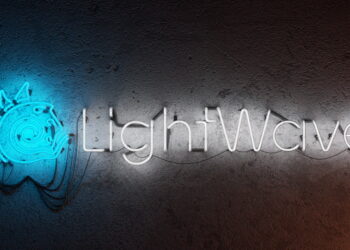
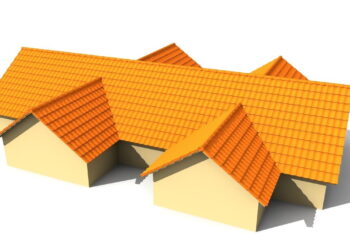
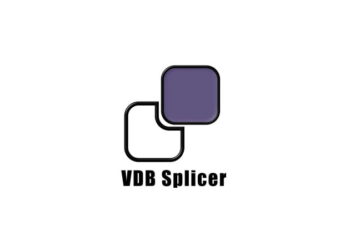
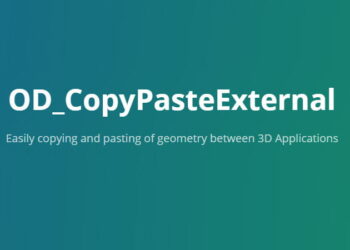

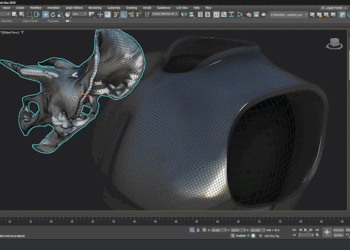

Why this software does not really breach in CG market?
It did in the past, it was widely used in TV series, but it has been practically abandoned since a lot of time, this is the first new release in ages!
So… who would trust such a bad update policy?
At least it´s not rental licensing, if they upgrade it a bit more, with new GUI and some tools, it could be a good addition, I hated it in the past hehehe
Cheers.
Yes, still split between Modeler and Layout. This means for example a character needs to be rigged and weight painted (with a very limited tool) in Modeler, then synced in Layout for shading, animating etc.
The undo system has still not been updated, doesn’t work in many cases and the Graph Editor has only one undo step. Instancing in LW works good in LW.
Still no snapping, sculpting, retopo or parametric modeling tools. All tools destructive including text, booleans, primitives etc. Very limited beveling, knife or rounding tools. Spline tools very outdated.
Parametric shapes in Layout seem to be only a Plane and Sphere, cannot be converted to geometry. The other polygonal primitives created in Layout are very basic and there are no editing tools.
Almost no GUI update. No support for high res displays.
It requires a lot of commercial plugins for base functionality.
The renderer and materials look nice but no GPU support. The volumetrics look nice too but as far as I’ve seen there is still the old particle system. The explosions shown are done in Houdini, exported as OpenVDB and rendered in LW. The blackbody shader seems to do a good job.
Still a capable all purpose 3d software but it lacks a smooth workflow, a modern UI and efficient modeling tools.
Oh, man, that’s a lot! Thanks for pointing that out.
mh… I don’t think I’ll spend my time on it then.
May be you can ask Rob Powers what he does with his time? and money?
If the Fan Boys don’t say anything nothing will get done!
Well said.
The stupid fanboys that killed Lightwave.
The fanboys are using Blender, why is that?
What did Rob Powers do?
It’s still a great tool, I’ve used it for years and added it to my applications and there is still nothing better than LightWave modeller to hunt out the really annoying issues in other people’s geometry.
The new renderer looks awesome!
I hope there is a demo version. I would love it if Lightwave revived. I used to use it back in the day, but moved to Max because of the Biped system. Lightwave was a key element in the widespread acceptance of cgi in film and TV, and laid the ground for a whole industry. Foundation Imaging did Babylon 5 and Star Trek with it. It was always a great program, if slightly eccentric in it’s interface. Modo is the direct descendant, but I found that interface just as frustrating. Sometimes it’s good to just have a simple axis on your model, not a gigantic list of alternative coordinate systems.
OK, i will expose myself: i still use Lightwave (i am modeling in it and sometimes rendering nice stuff). I can’t unterstand how they have managed to lose the market with such excellent software-features and low-price combination.
If we talk about future of 3d on my desktop, i can’t decide between Blender and Lightwave. I like the look and feel of LW much better, but Blender is definitely a rising star.
I have never used it or even tried it, but I remember people complaining about separate modules, each assigned to different task, like modelling, animating, rendering. Is that still true? I think that would be annoying indeed.
Other than that, most of the renders I have seen over the years done with Lightwave were always great. Hope they catch up again, some good competition is always healthy.
yes, the modeling and scene are in two different 3D-stages. But the people who complains about it model anyway in Zbrush, texture in substance, animate in Maya and render in Unreal (or whatever), so the complaints are done simply just to say something: today you work in many “stages” and switch anyway between them. I do not know anybody who does complete work on semi-complex scenes in one software.
I see your point, Igor and I tend to agree, although that’s not what happens 100% of the time, at least not for me. I switch from Blender to C4D (3ds Max in the past) when it comes to do some tricky modelling (which is why I go with Blender). But that’s for particular cases only, most of the time I now stick to C4D, X-Particles, Arnold and I get all I need from one package.
I think even for other people who use, say, Z-Brush: that happens only when it’s really necessary, otherwise I don’t think that’s their regular workflow (not sure about Maya modelling tools though). But for instance, in 3ds, again modelling, texturing animation and rendering can be handled very well.
It has been a great product and it still is! It may depend on your needs. But I have all the tools I need in even an older version (i must admit I use LWCAD which should have been LW native tools). In a great interface and way cheaper than the competitors. I always realy like the seperate module workflow. You can concetrate on what you are doing and don’t have to mess around in a gigantic scene. That LW hasn’t had major updates doesn’t worry me. Like I already said it has all the tools I need. I also want the software I work with to stay familiar not like 3ds Studio for DOS which was great to turn into 3D Studio Max which was awfull and has been ever since.
No 3d mouse support, no retina UI? Seriously, this is a joke in 2018…
Hi, I just tried the demo which I can confirm does have 3d support.